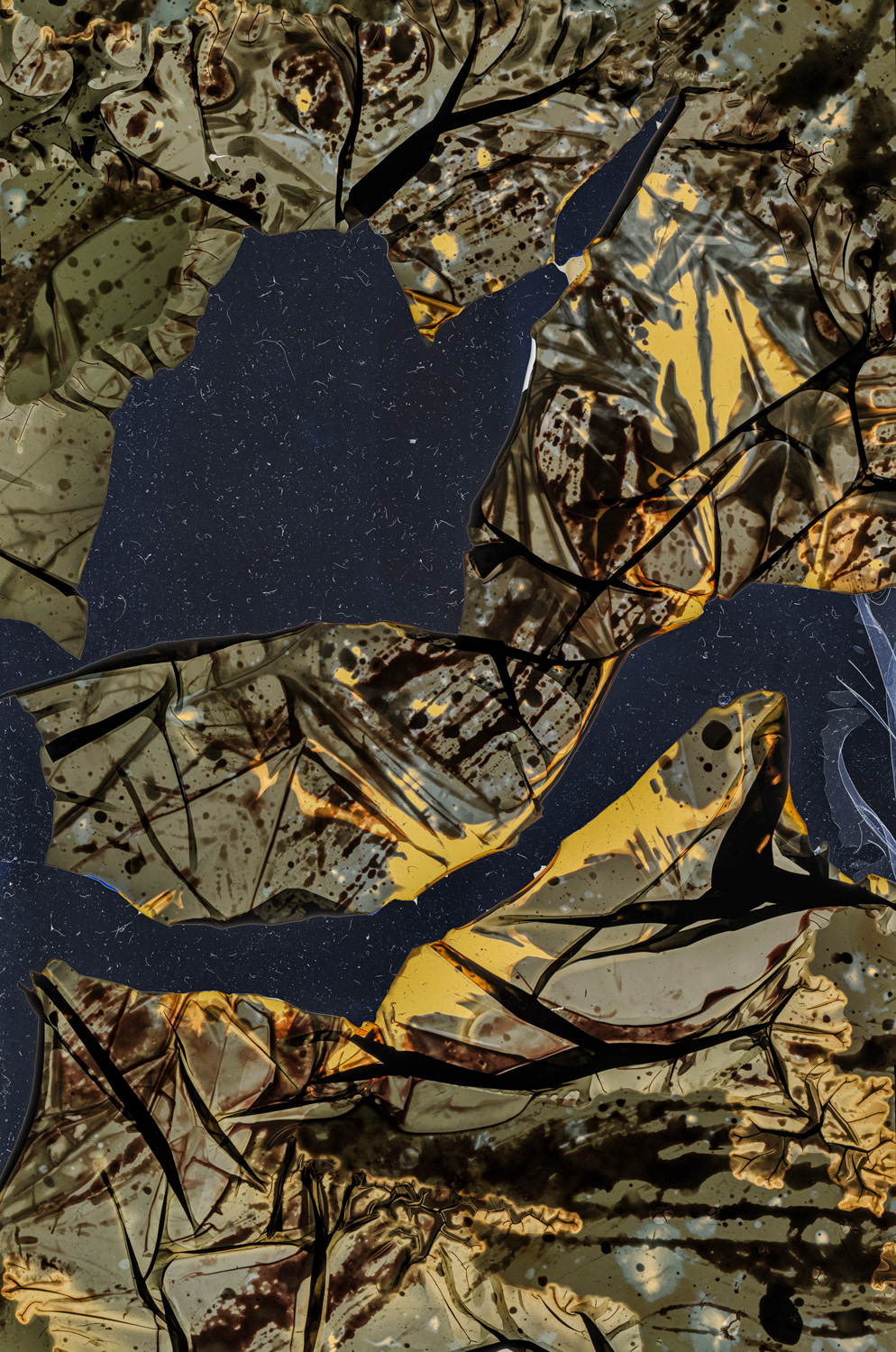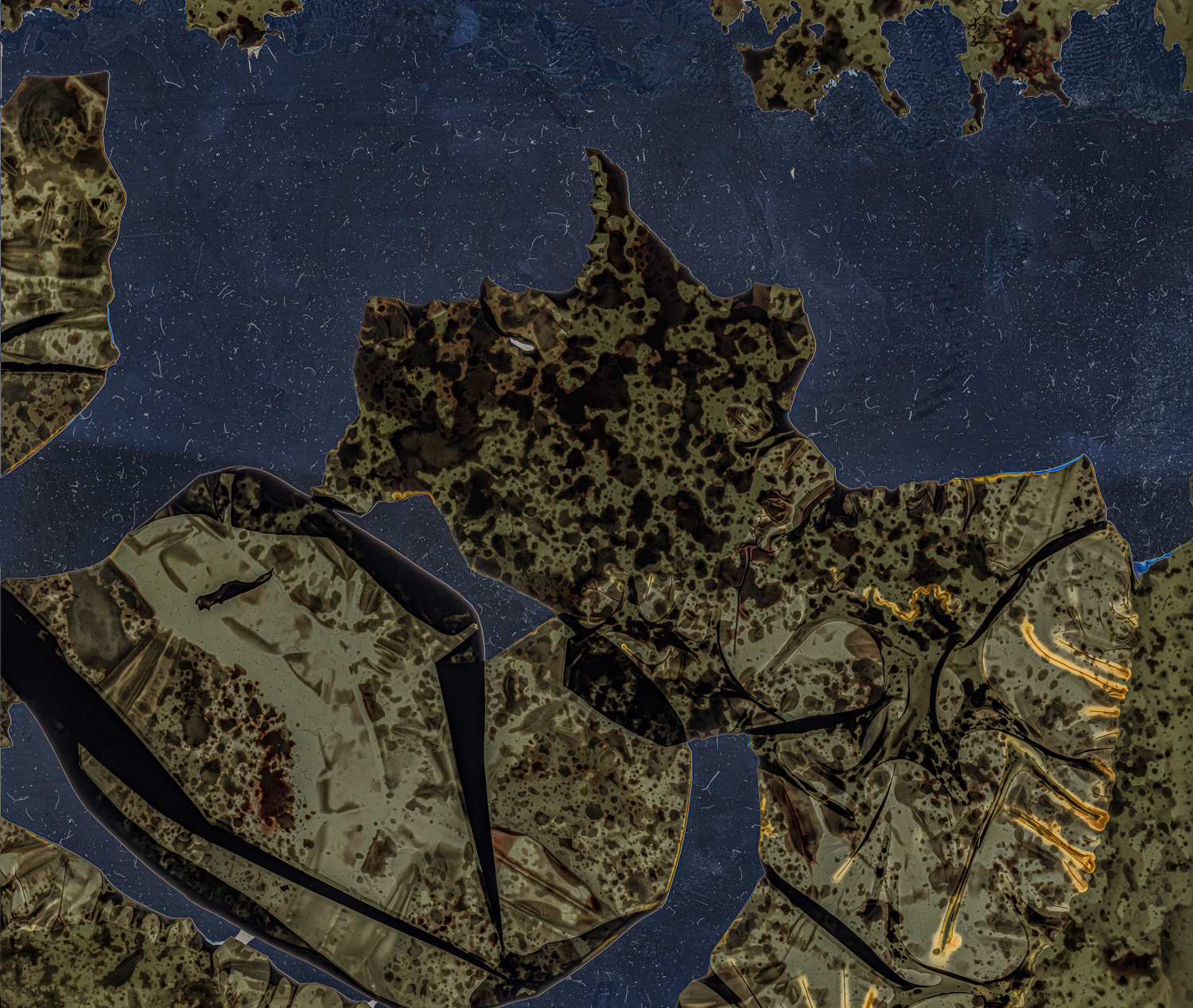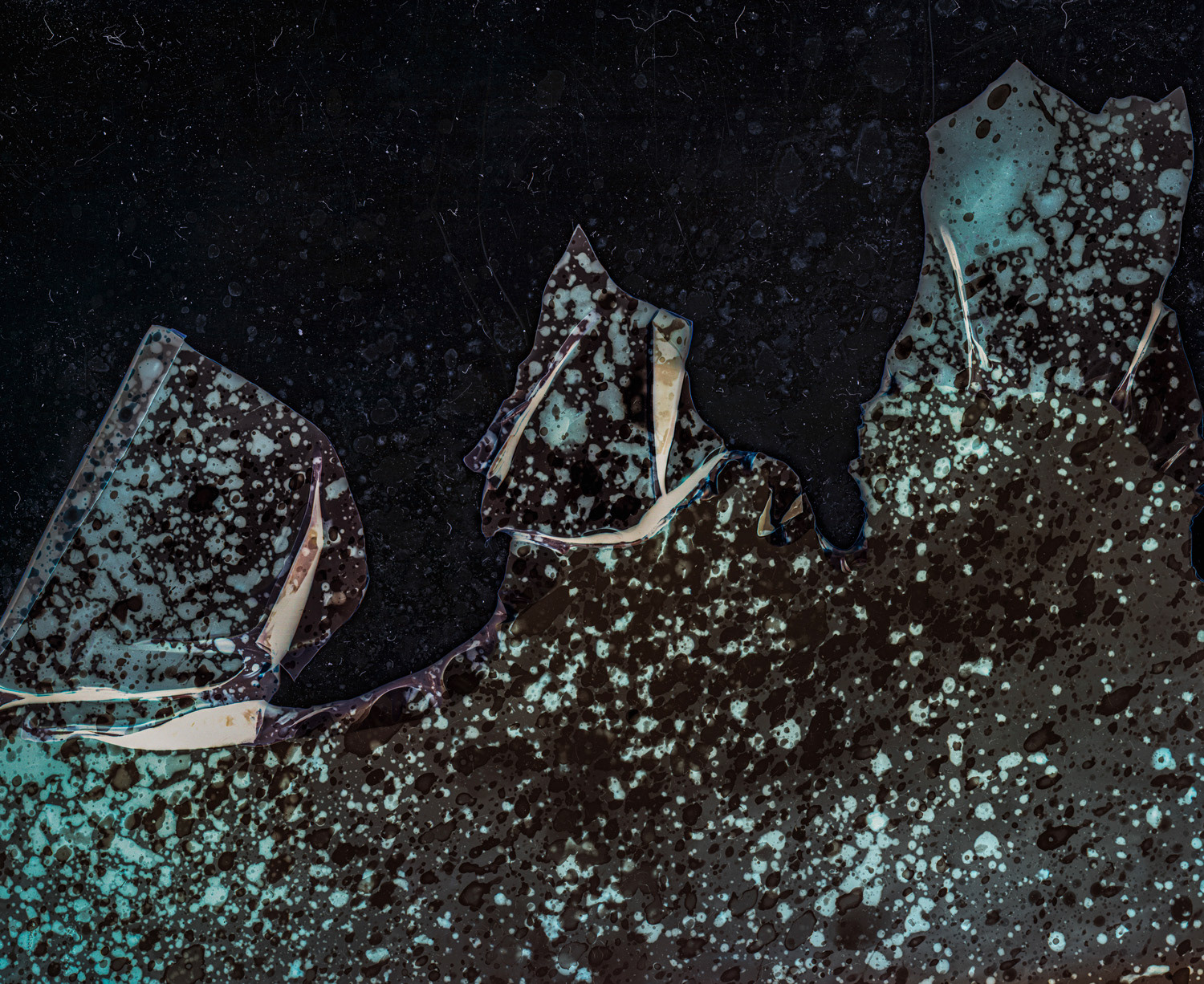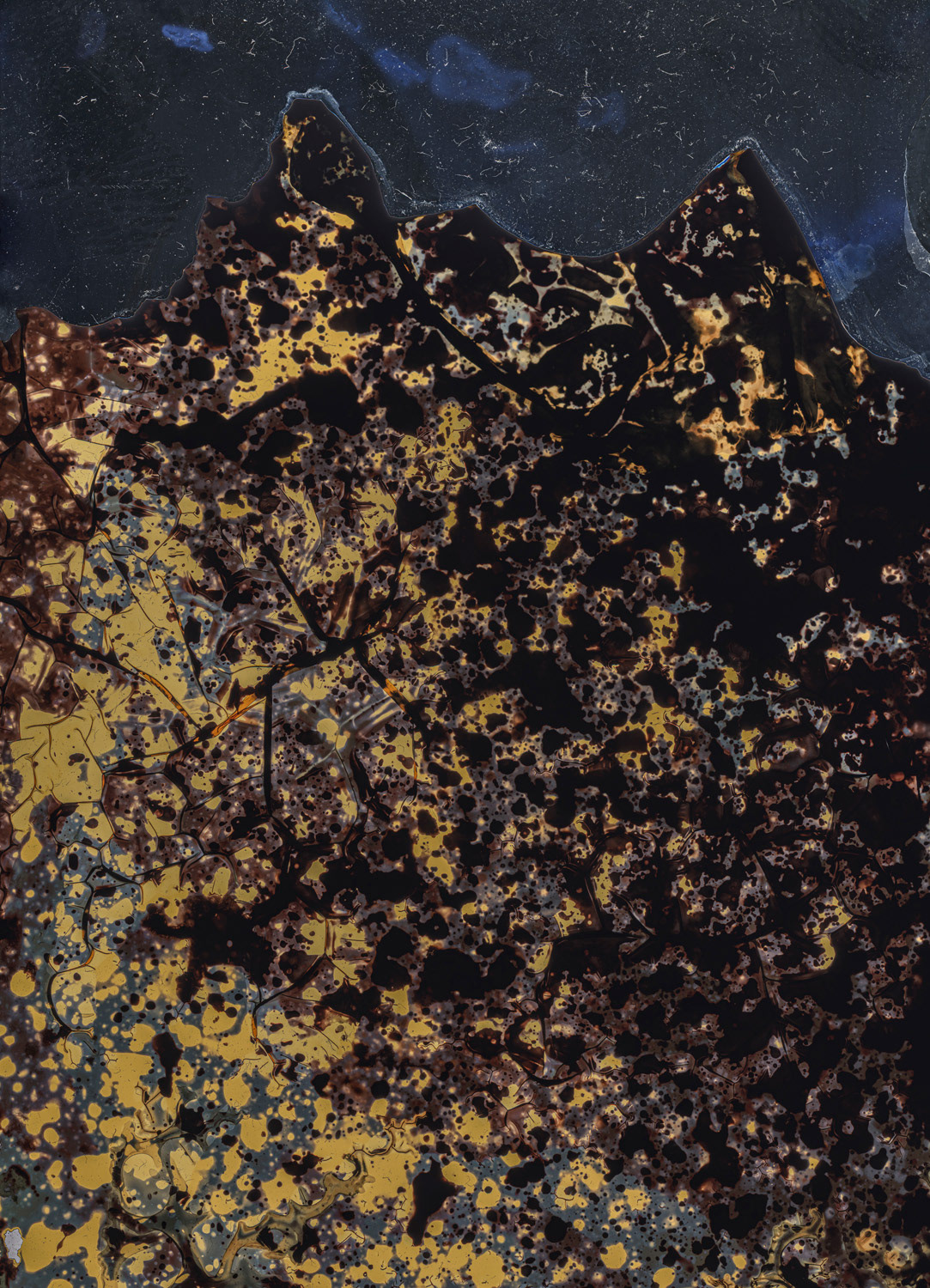Mountains and Valleys of Uncanny Beauty (work in progress 2023 - )
These works represent a conceptual study that explores the metalanguage of photography as a medium, specifically focusing on the syntax of materiality in analogue photography. In search of private meaning within the collective, the appropriated memories, and the beautiful in the repulsive – all of this lies at the heart of this series, grounded in a nostalgic quest for meaning within the visual code of the photography medium
The transformation of contemporary photography and the untraceable link between reality and the messages and signs circulating within it, for the first time in history, have created a critically insurmountable distance from the historical essence of analogue photography – to serve as a testimony and a memory bank. The slogan once invoked with each discovery of a new image-creation technology – photography is dead – has finally acquired a rational meaning. Photography is dead, long live photography! Analogue photography has indeed shed the constraints associated with the status of an indexed medium and a memory bank. The understanding that analogue photography serves as a memory-preserving medium today evolves into new beliefs, in which viewers perceive the syntax of analogue photography as a nostalgic and ambient set of symbols. The language of analogue photography is no longer an unambiguous testament to something present; instead, it functions as a portal for an introspective quest for self-awareness and understanding of reality, overshadowed by an anxious realisation of the impossibility of such a task. Nowadays, the materiality of analogue photography represents what can be termed the archaeology of memory ruins, where the continuous erosion of photo materials and the marks contained therein closely links to the viewer’s awareness of self as a mortal being. Every photograph, even raw (unprocessed) photo materials, carries a disquiet of doom that confronts us with our temporality.
Old and semi-degraded analogue photo materials have been used to create these works, along with accidentally found old photographs and my own prints that were rephotographed multiple times. In these works, the erosion of analogue photo materials and photographs not only underscores the vector for the loss of meaning but also highlights the emergence of a constellation of new ruin marks, where fascinating terror serves as the foundation of the language of photography.
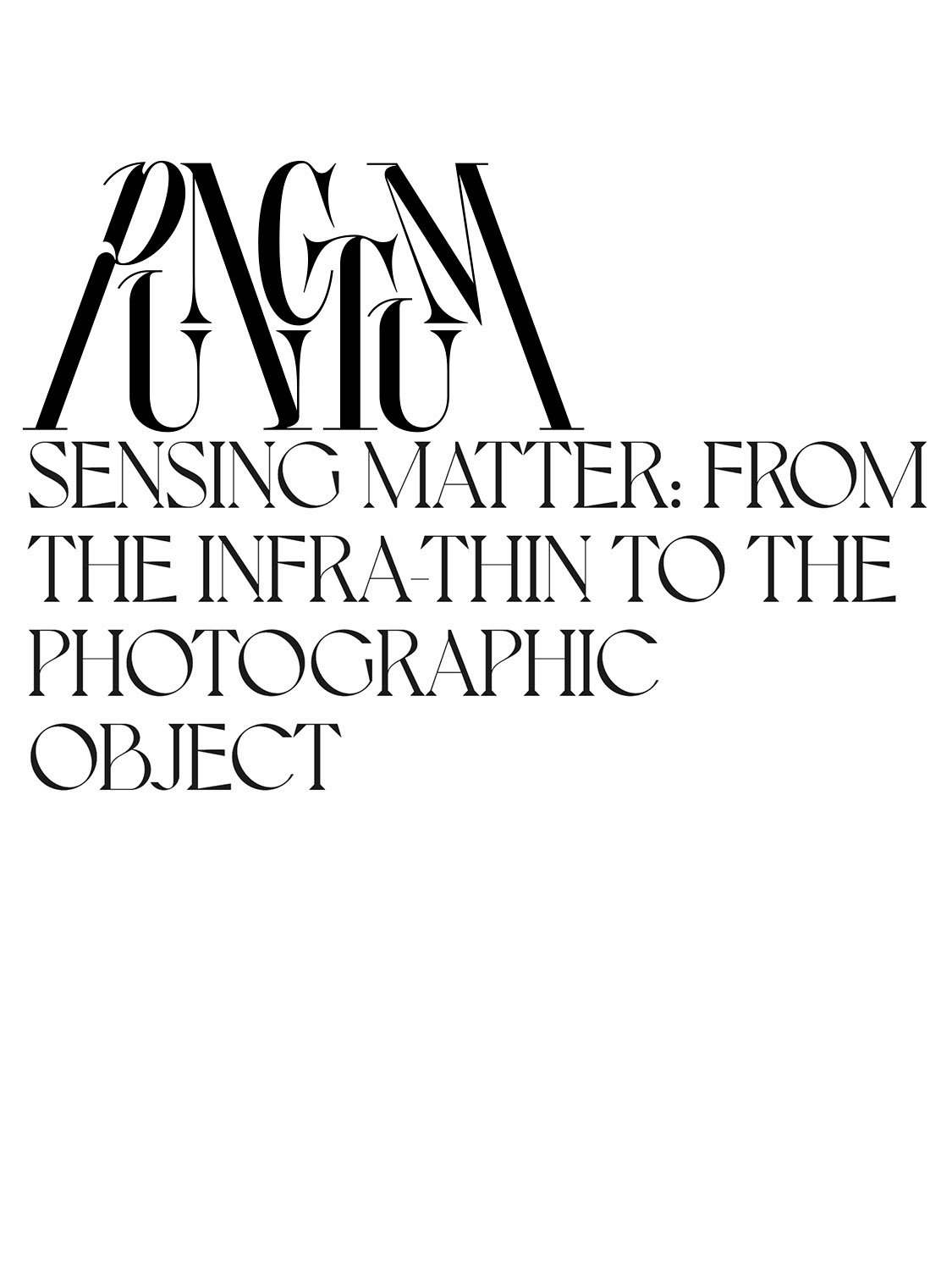
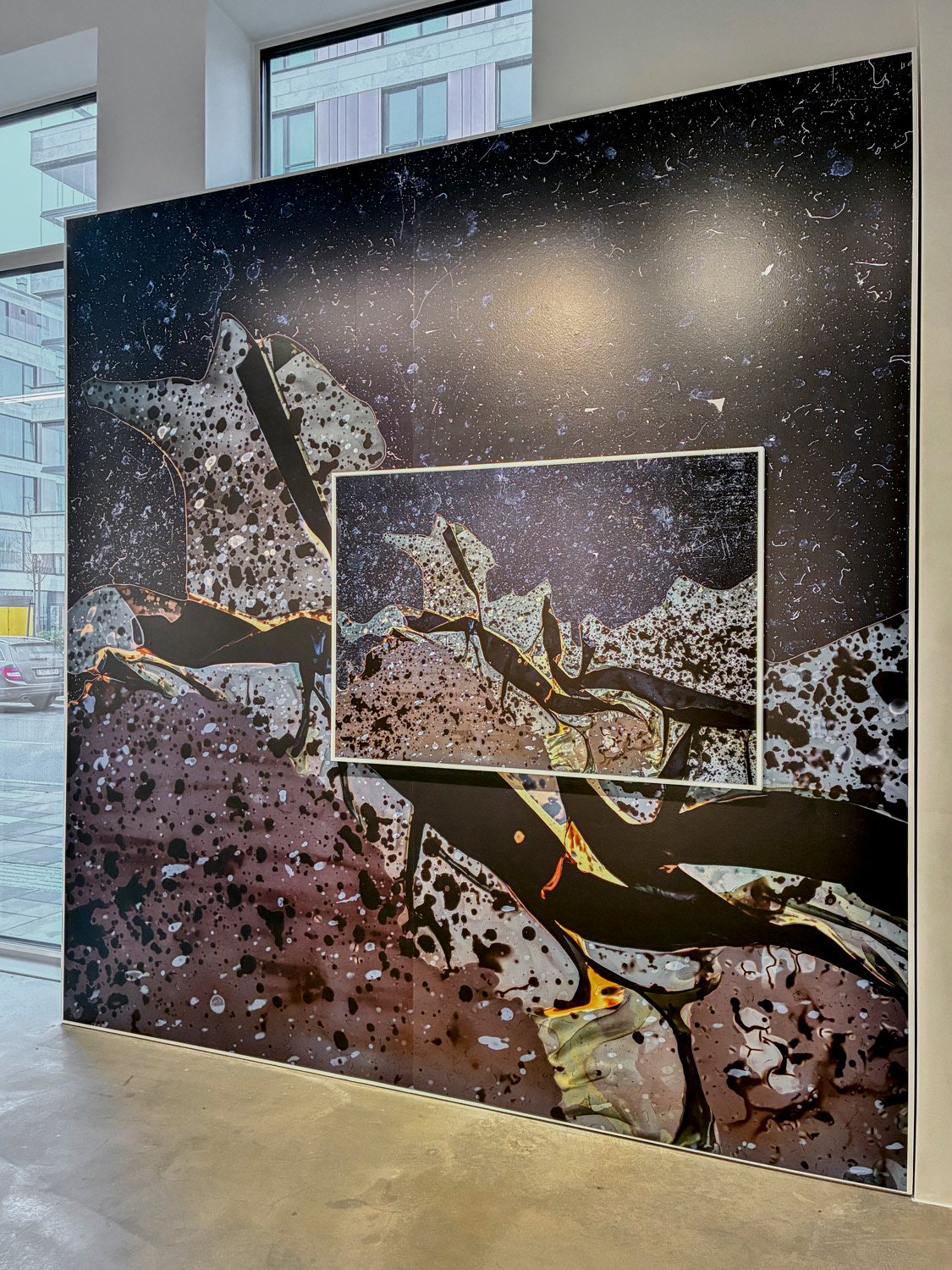
Sensing Matter: From the Infra-thin to the Photographic Object (07.11.2025 - 25.01.2026 / Punctum Gallery), curated by artist and writer Duncan Wooldridge.
